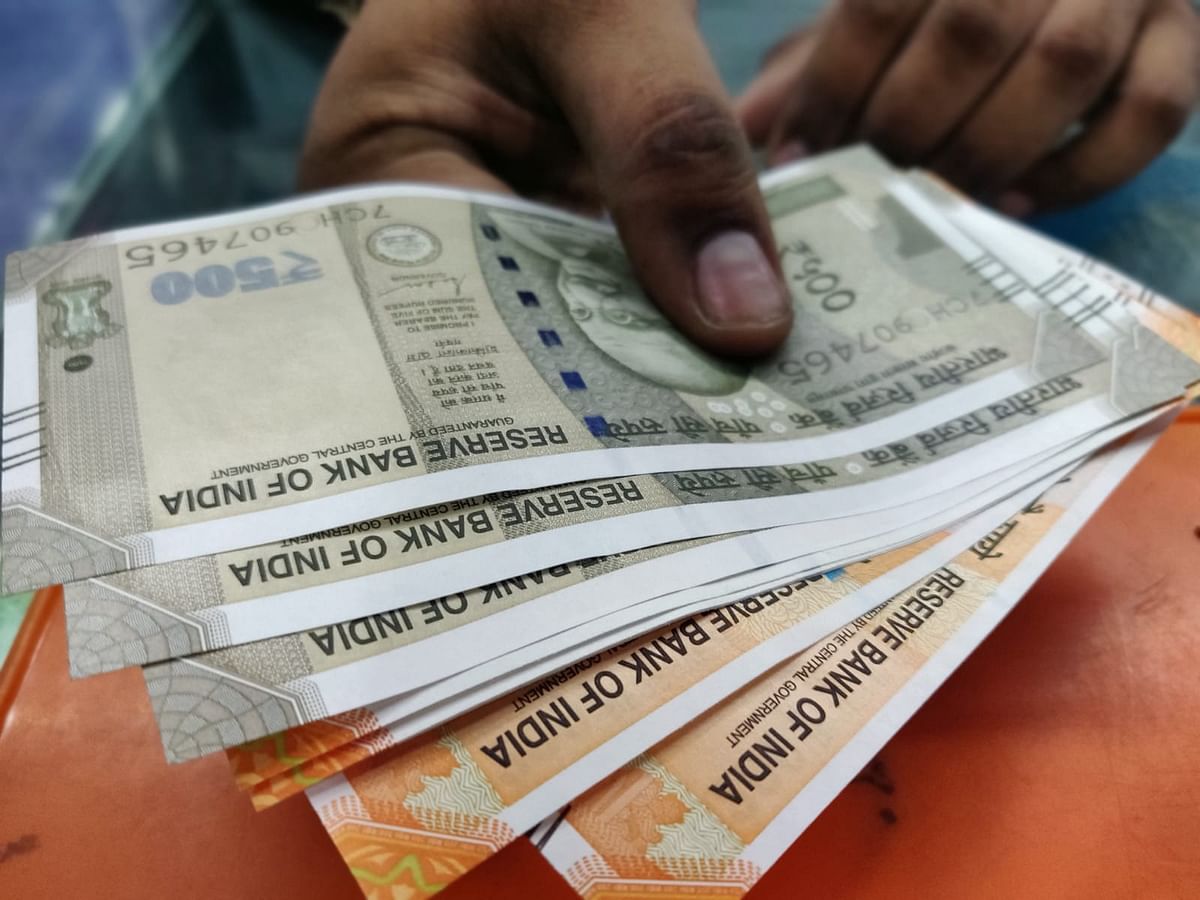According to Ashutosh Tikekar, head of global markets at BNP Paribas India, the Indian rupee is anticipated to trade in a range of 81-84 against the US dollar in the upcoming quarter. The Reserve Bank of India (RBI) will continue to play a crucial role in controlling volatility. “In essence, the RBI has a significant impact. We believe the RBI will seek to reduce excessive volatility on either side unless there is a significant dollar strength narrative or a significant stock market selloff paired with an increase in US interest rates “Reuters was told by a senior treasury official at BNP Paribas.
“Therefore, for the following quarter, we are at 81 to 84,” Tikekar continued. The year’s end aim for BNP is 80 to the US dollar. According to certain market players, the central bank has increased its foreign exchange reserves when the rupee has appreciated and sold dollars when necessary to keep the local currency from plunging as low as its record low of 83.30. Ashutosh continued, “The RBI will continue to do so and, in the process, lower volatility.”
According to Tikekar, one of the key factors affecting the rupee in 2023 would be the “going away” of the “dollar index-strength story” and a decline in the value of the dollar relative to its major counterparts. This, according to Tikekar, will occur as the correlation between rate increases by the US Federal Reserve and the dollar “will be weaker and weaker” to the point where the strength of the currency “will not be commensurate” to rate increases.
The chief treasury officer at BNP Paribas anticipates a strengthening of emerging market currencies “generally”. As with Citigroup, Bofa Securities anticipates further rupee advances in the near future as the nation’s external finances benefit from the year’s smallest trade deficit. “The recent correction in rupee valuation and near-term improvement in current-account and capital flows shift the risk-reward in favour of rupee appreciation,” wrote BofA Securities strategist Abhay Gupta in a note. The business is now “constructive” towards the local currency.
The rupee’s carry-to-vol is appealing within EM, the reserves of the RBI have increased, the REER index fell, and INR volatility has decreased, according to Gupta. While India bonds continue to offer greater carry than the area with low currency volatility, debt inflows have begun to gradually increase, he added. Citigroup advised a tactically positive relative rupee exposure in a note last week because it anticipates seasonal outperformance and a strengthening of the nominal effective exchange rate of the rupee until the conclusion of its fiscal year.

